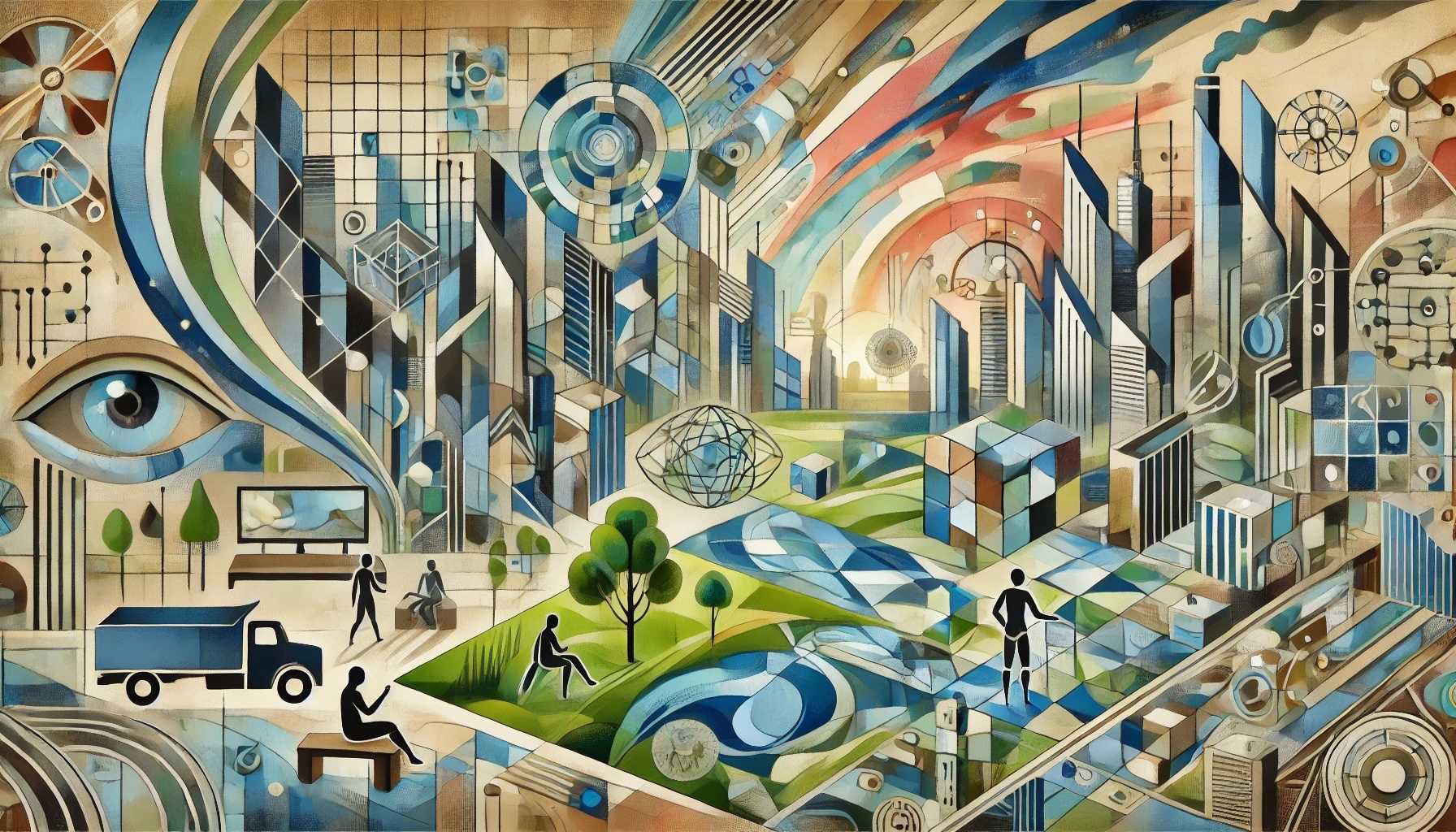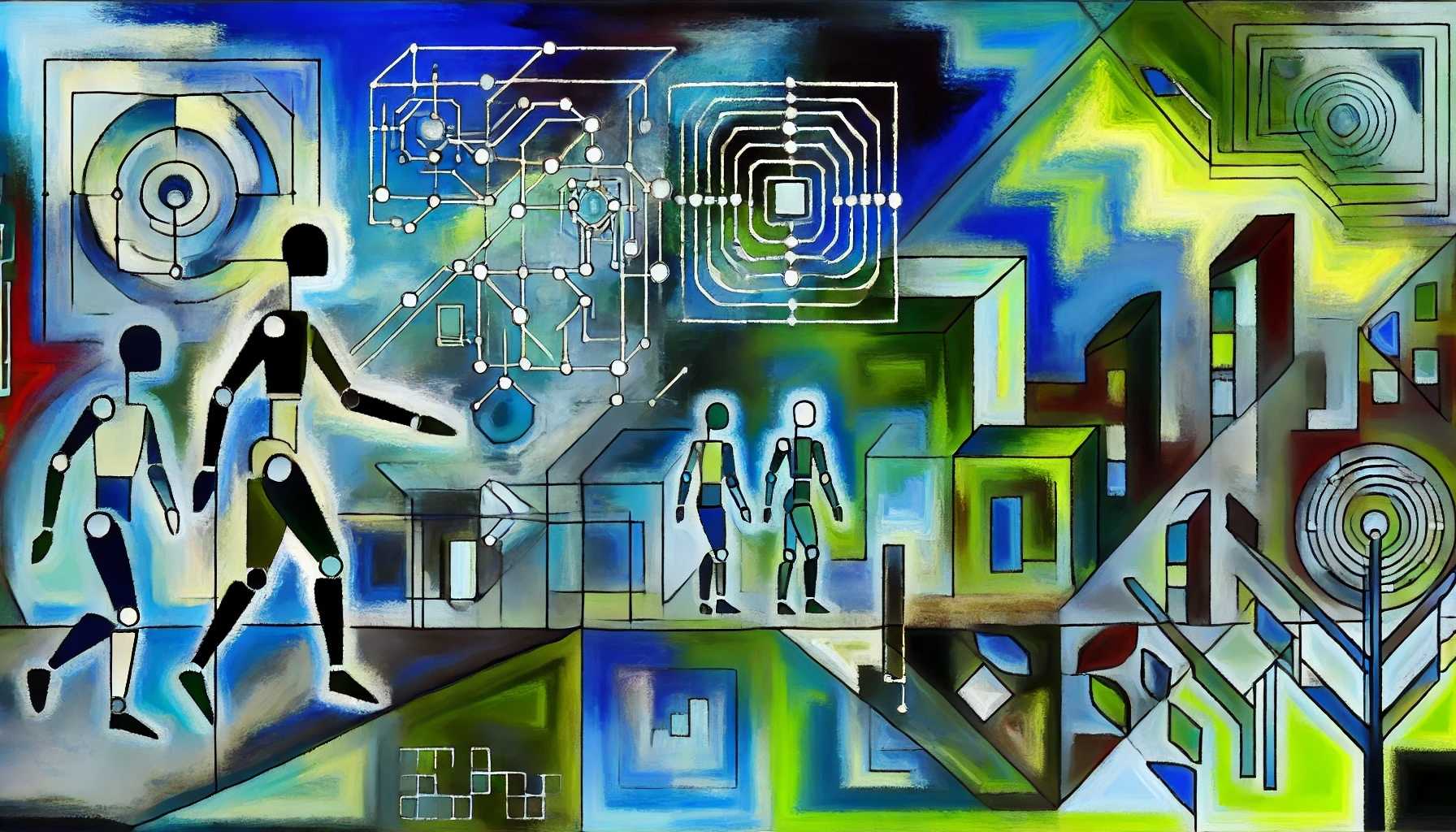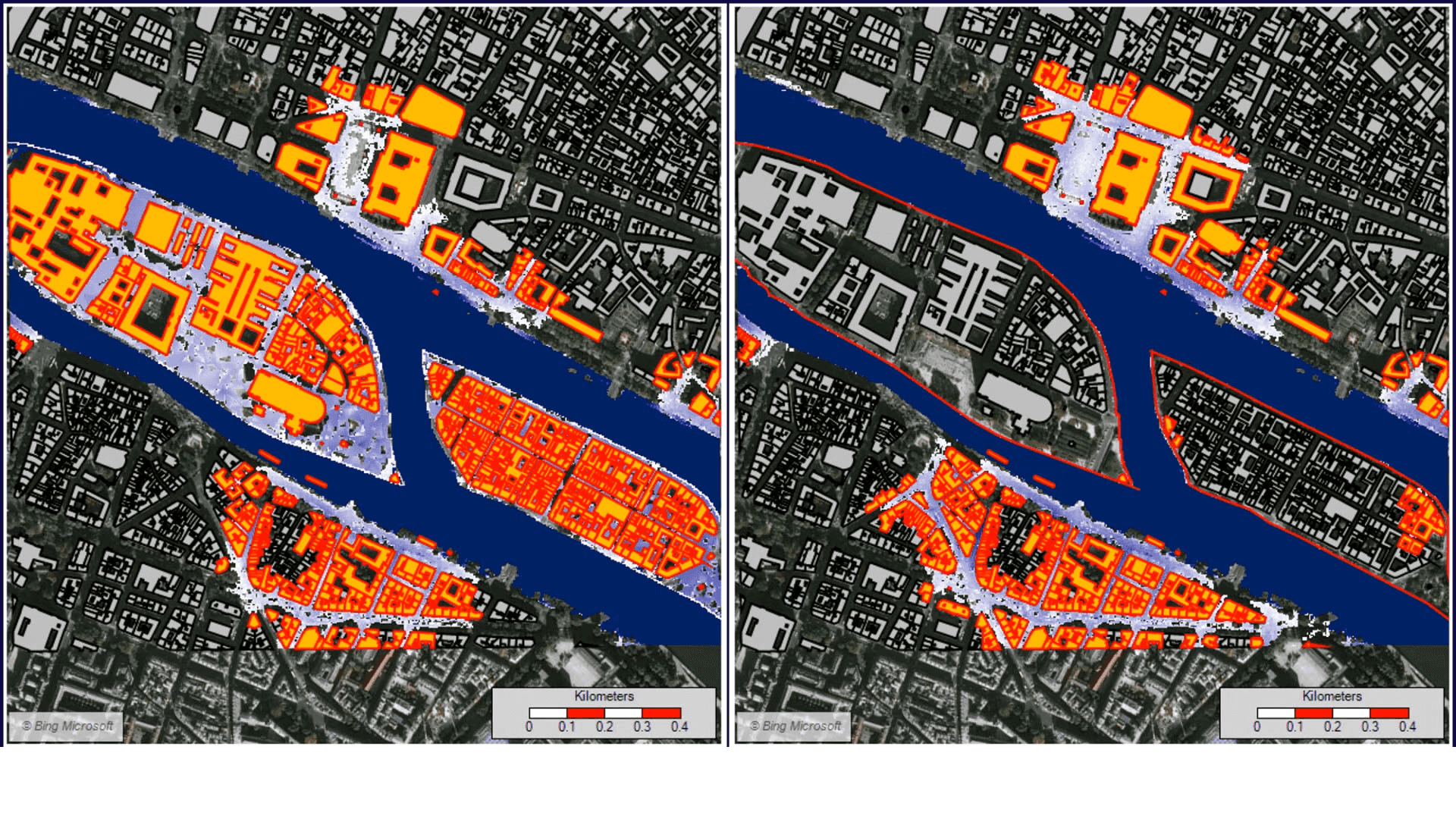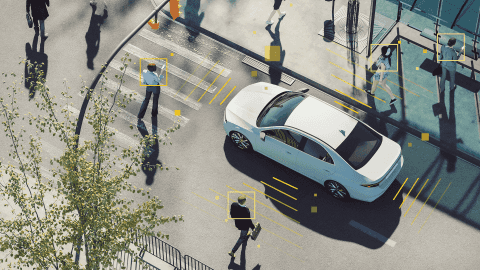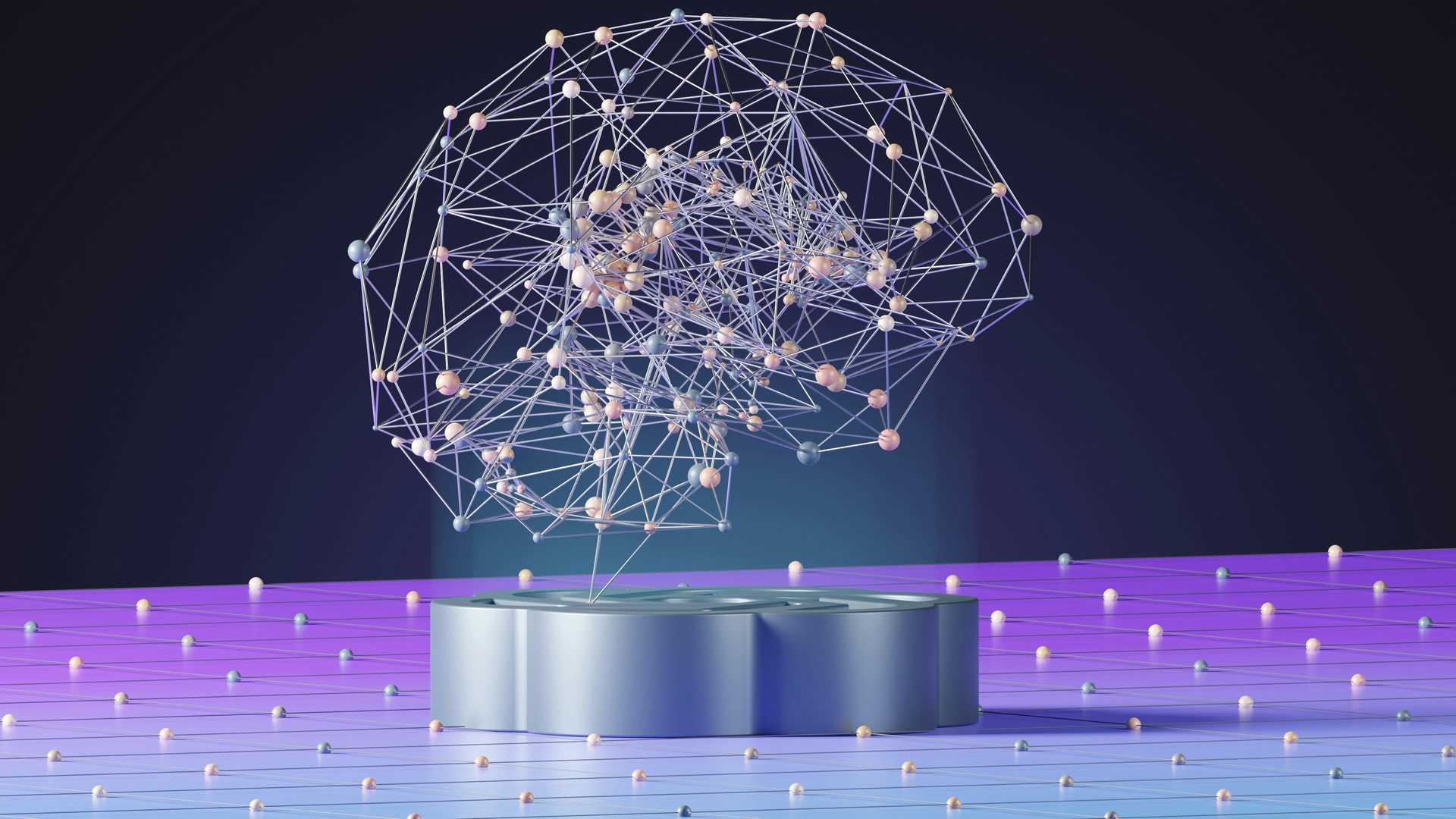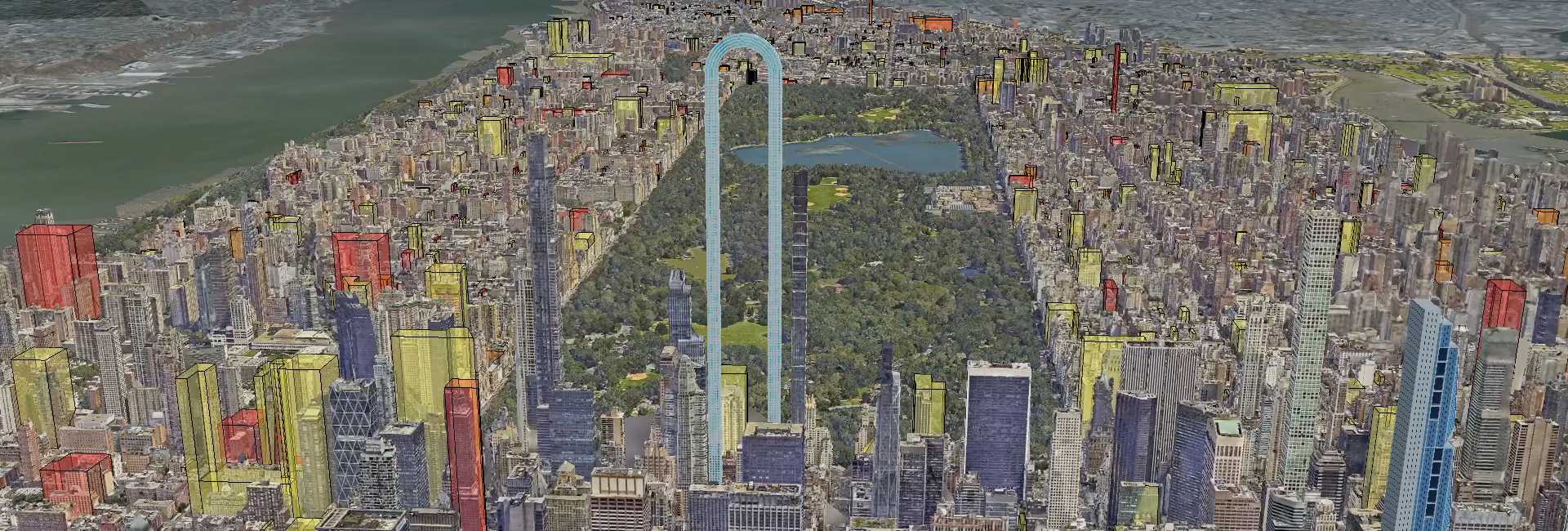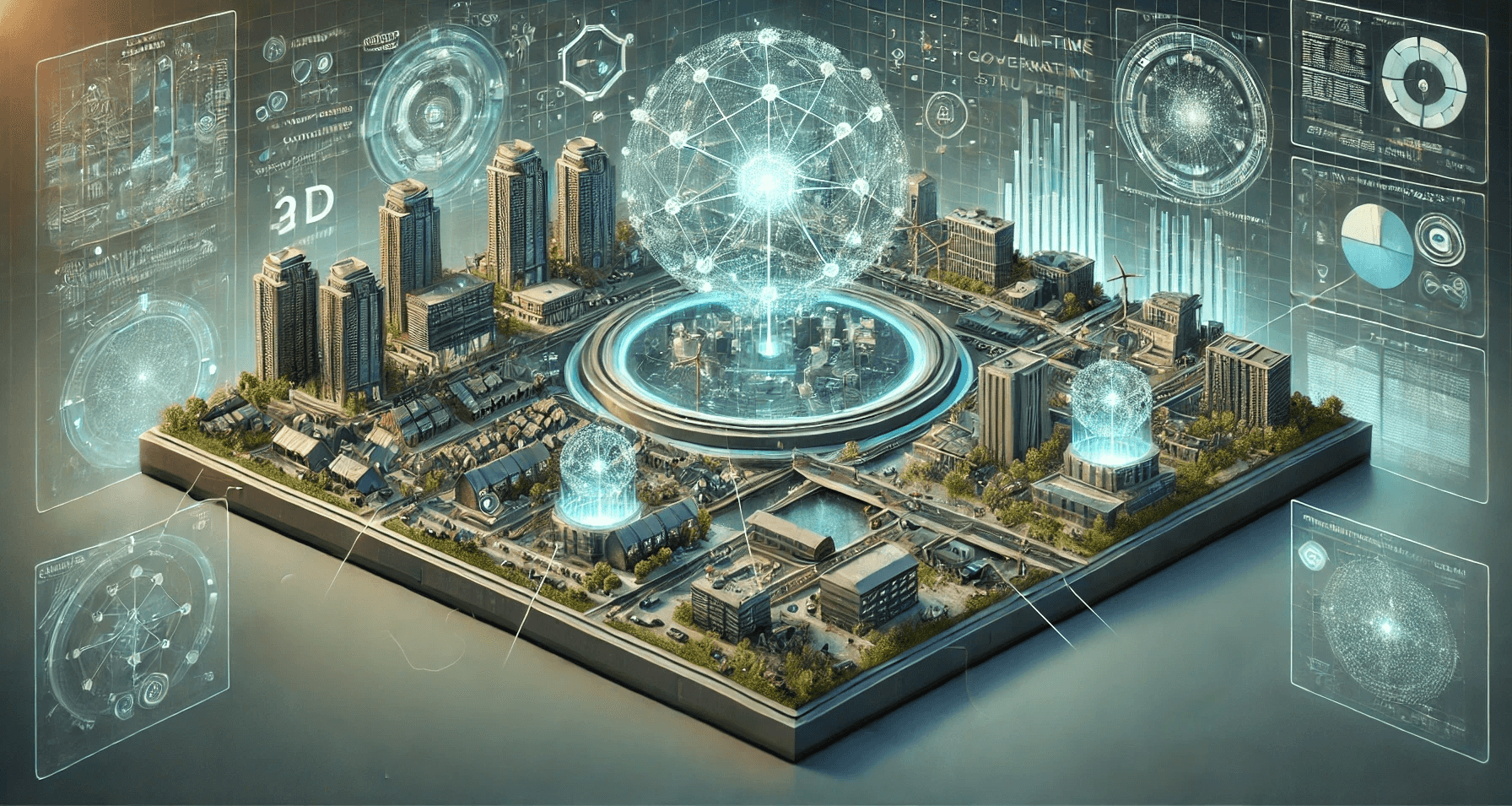
Second-generation digital twins
From real-time to all-time
How likely? How soon? What impact?
Digital twinning evolved in industrial engineering. But as this approach is ported to the world of urban management and planning, it is changing. First-generation urban digital twins aspire to model physical assets and processes in real-time, with their predictive powers focused on short-term operational performance. Over the next decade, the focos of urban digital twins will evolve to encompass past, present, and future states of cities.
So-called second-generation urban digital twins will integrate historical data, current sensor inputs, and predictive algorithms to create comprehensive, dynamic representations of urban environments. Second-generation capabilities go beyond visualizing current conditions of individual components and systems to complex, predictive simulations of systems of urban systems interacting over months, years, and decades. As the most powerful decision support systems ever built, these platforms will employ open and standards-based approaches to link together diverse AI-driven sensors, analytics tools, and immersive 4-D (3 spatial dimensions plus time) visulalizations.
These enhanced digital twins will support more informed decision-making for long-range climate adaptation planning. But they will also provide a platform for intergrated management of city infrastructure operations and public health services, ensuring alignment of day-to-day operations with resilience goals. However, the development of these powerful tools also raises important questions about data privacy, algorithmic bias, and the balance of power between technology providers and local governments. As cities adopt these all-encompassing digital representations, there will be a growing need for ethical frameworks and governance structures to ensure that these technologies serve the public interest and promote equitable urban development.
Personalized Insights
How might this trend shape your future? Generate a set of personalized insights to explore challenges, opportunities, and potential innovations. Simply select a sector, occupation, and target year — then press the button and let our AI do the work.
Generator Settings
Signals
Signals are evidence of possible futures found in the world today—technologies, products, services, and behaviors that we expect are already here but could become more widespread tomorrow.
